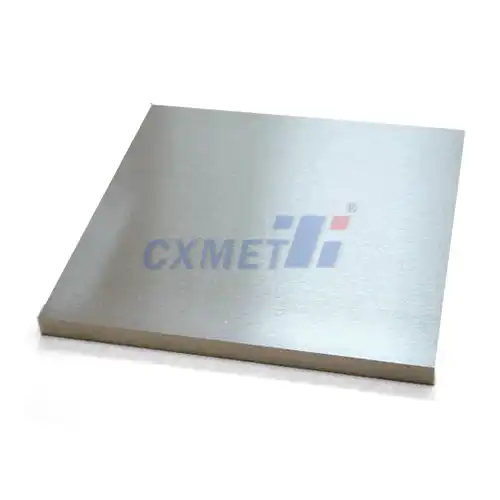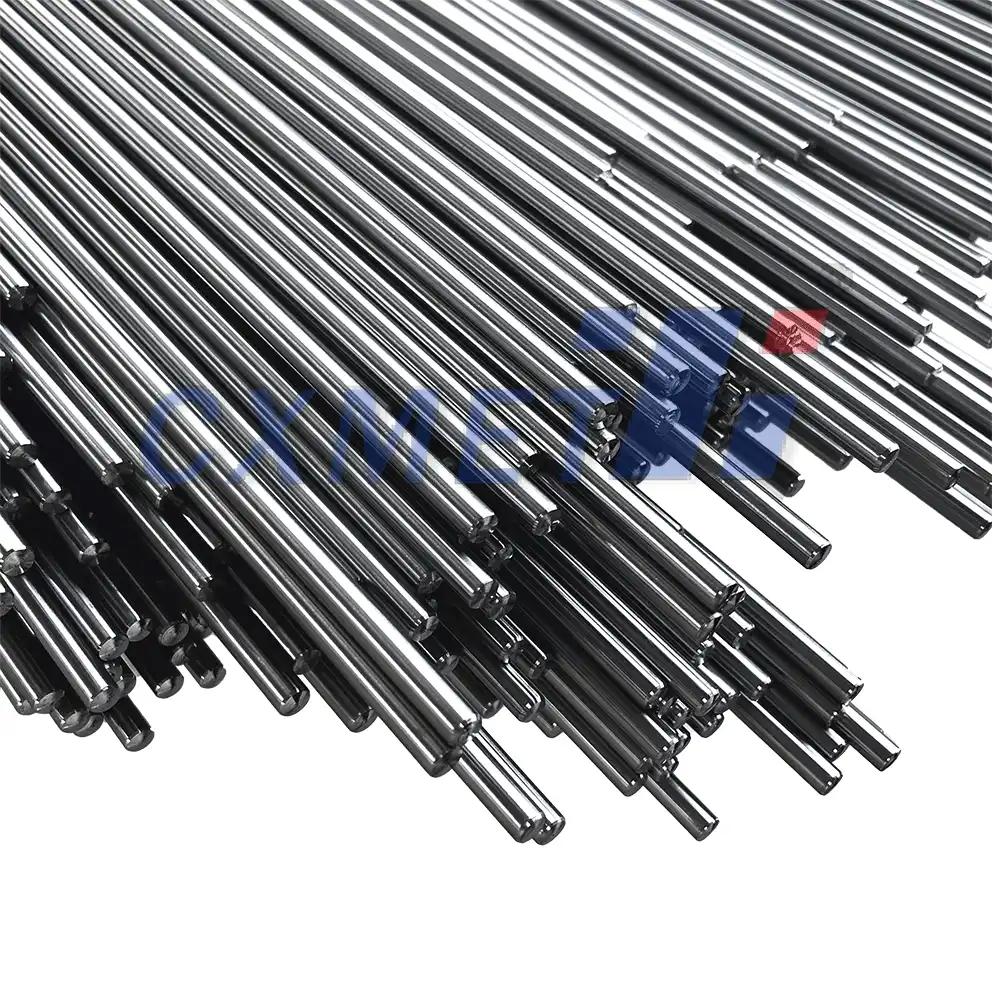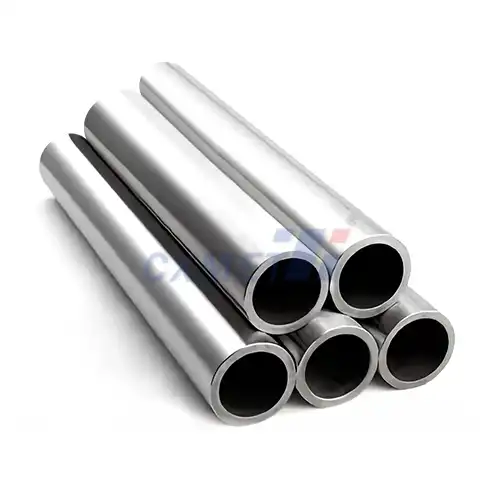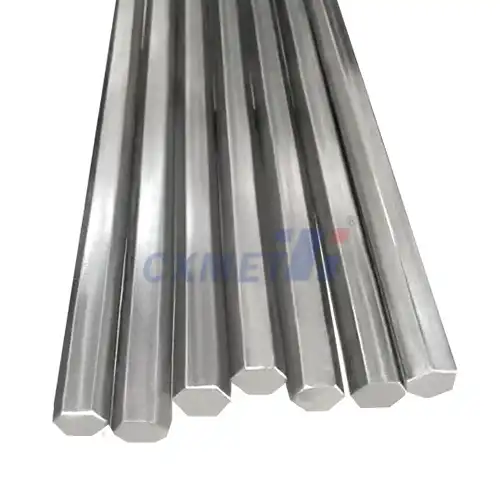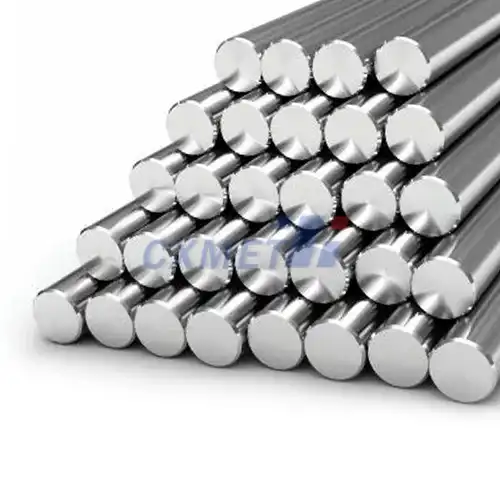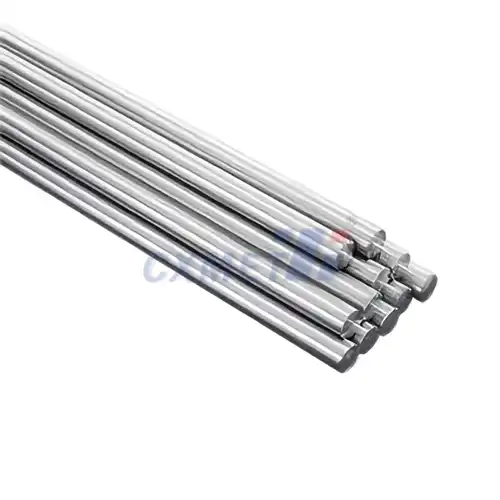- English
- French
- German
- Portuguese
- Spanish
- Russian
- Japanese
- Korean
- Arabic
- Greek
- German
- Turkish
- Italian
- Danish
- Romanian
- Indonesian
- Czech
- Afrikaans
- Swedish
- Polish
- Basque
- Catalan
- Esperanto
- Hindi
- Lao
- Albanian
- Amharic
- Armenian
- Azerbaijani
- Belarusian
- Bengali
- Bosnian
- Bulgarian
- Cebuano
- Chichewa
- Corsican
- Croatian
- Dutch
- Estonian
- Filipino
- Finnish
- Frisian
- Galician
- Georgian
- Gujarati
- Haitian
- Hausa
- Hawaiian
- Hebrew
- Hmong
- Hungarian
- Icelandic
- Igbo
- Javanese
- Kannada
- Kazakh
- Khmer
- Kurdish
- Kyrgyz
- Latin
- Latvian
- Lithuanian
- Luxembou..
- Macedonian
- Malagasy
- Malay
- Malayalam
- Maltese
- Maori
- Marathi
- Mongolian
- Burmese
- Nepali
- Norwegian
- Pashto
- Persian
- Punjabi
- Serbian
- Sesotho
- Sinhala
- Slovak
- Slovenian
- Somali
- Samoan
- Scots Gaelic
- Shona
- Sindhi
- Sundanese
- Swahili
- Tajik
- Tamil
- Telugu
- Thai
- Ukrainian
- Urdu
- Uzbek
- Vietnamese
- Welsh
- Xhosa
- Yiddish
- Yoruba
- Zulu
What is the lifespan of MMO titanium anode wire in seawater?
2025-05-14 14:18:35
Mixed Metal Oxide (MMO) titanium anode wire is a crucial component in various marine applications, particularly in cathodic protection systems for offshore structures and vessels. Understanding the lifespan of MMO titanium anode wire in seawater is essential for effective planning and maintenance of these systems. This blog post will explore the factors affecting the longevity of MMO titanium anode wire in seawater environments, discuss methods to extend its lifespan, and provide insights into optimal usage and maintenance practices.
|
|
|
How do environmental factors affect the lifespan of MMO titanium anode wire in seawater?
Temperature and salinity impacts
The lifespan of MMO titanium anode wire in seawater is significantly influenced by environmental factors, with temperature and salinity playing crucial roles. Higher temperatures accelerate the electrochemical reactions occurring at the anode surface, potentially leading to faster consumption of the MMO coating. In warmer tropical waters, the lifespan of MMO titanium anode wire may be reduced compared to cooler regions. Salinity levels also affect the wire's performance, as higher salt concentrations increase the conductivity of seawater, potentially accelerating the anode's dissolution rate. It's important to note that MMO titanium anode wire is designed to withstand these harsh conditions, but variations in temperature and salinity can still impact its overall lifespan.
Water flow and turbulence effects
Water flow and turbulence in the marine environment can have both positive and negative effects on the lifespan of MMO titanium anode wire. On one hand, moderate water flow can help distribute the protective current more evenly along the structure being protected, potentially improving the efficiency of the cathodic protection system. However, excessive turbulence or high-velocity water flow can lead to mechanical stress on the anode wire, potentially causing physical damage or accelerated wear. In areas with strong currents or frequent storms, the lifespan of MMO titanium anode wire may be reduced due to these mechanical stresses. Proper design and installation of the anode system, taking into account local water conditions, can help mitigate these effects and optimize the wire's lifespan.
Biofouling and marine growth
Biofouling and marine growth can significantly impact the lifespan of MMO titanium anode wire in seawater. As marine organisms attach and grow on the anode surface, they can create a barrier that reduces the effective surface area available for current distribution. This can lead to localized high current densities in unaffected areas, potentially causing accelerated consumption of the MMO coating. Additionally, some marine organisms may produce acidic byproducts that can contribute to the degradation of the anode material. To counteract these effects, regular inspection and cleaning of MMO titanium anode wire systems may be necessary, especially in areas prone to heavy marine growth. Some manufacturers also offer antifouling coatings or treatments that can be applied to the anode wire to help minimize biofouling and extend its operational lifespan in seawater environments.
What are the key factors determining the longevity of MMO titanium anode wire?
Quality of MMO coating
The quality of the Mixed Metal Oxide (MMO) coating is a critical factor in determining the longevity of MMO titanium anode wire. A high-quality MMO coating should possess excellent adhesion to the titanium substrate, uniform thickness, and optimal composition of metal oxides. The coating's ability to resist degradation in the harsh seawater environment directly impacts the anode wire's lifespan. Manufacturers of MMO titanium anode wire employ various techniques to enhance coating quality, such as precise control of the coating process, use of advanced materials, and rigorous quality control measures. A superior MMO coating can significantly extend the operational life of the anode wire, providing more efficient and long-lasting cathodic protection in seawater applications.
Current density and operating conditions
Current density and operating conditions play a crucial role in determining the lifespan of MMO titanium anode wire in seawater. The current density, which is the amount of electrical current flowing through a unit area of the anode surface, directly affects the rate at which the MMO coating is consumed. Higher current densities generally lead to faster consumption and shorter lifespans. It's essential to design cathodic protection systems with appropriate current densities to balance protection effectiveness and anode longevity. Operating conditions, such as water depth, temperature fluctuations, and exposure to mechanical stresses, also impact the anode wire's performance. In deeper waters, increased pressure may affect the electrochemical reactions, while in shallow waters, the anode may be more susceptible to physical damage from debris or marine traffic. Proper system design and regular monitoring of operating conditions can help optimize the lifespan of MMO titanium anode wire in various marine environments.
Maintenance and inspection practices
Maintenance and inspection practices are vital in maximizing the lifespan of MMO titanium anode wire in seawater. Regular inspections allow for early detection of potential issues such as coating degradation, physical damage, or excessive marine growth. Implementing a comprehensive maintenance schedule, including periodic cleaning and performance assessments, can significantly extend the operational life of the anode wire. During inspections, it's important to check for signs of uneven wear, which may indicate improper current distribution or localized high current densities. Additionally, monitoring the overall performance of the cathodic protection system can provide valuable insights into the condition of the MMO titanium anode wire. By addressing any issues promptly and adjusting the system as needed, operators can ensure optimal performance and longevity of the anode wire in challenging seawater environments.
|
|
|
How can the lifespan of MMO titanium anode wire be extended in seawater applications?
Optimizing system design and installation
Extending the lifespan of MMO titanium anode wire in seawater applications begins with optimizing the system design and installation. A well-designed cathodic protection system takes into account factors such as the structure's size, shape, and exposure to seawater, as well as local environmental conditions. By carefully calculating the required current output and strategically placing anodes, designers can ensure even current distribution and minimize localized high current densities that could lead to premature anode consumption. During installation, it's crucial to follow manufacturer guidelines and industry best practices to prevent damage to the MMO titanium anode wire. Proper electrical connections, secure mounting, and adequate protection from physical impacts are all essential aspects of a successful installation. Additionally, incorporating redundancy in the anode system design can help distribute the load and extend the overall lifespan of individual anode wires.
Implementing protective measures
Implementing protective measures can significantly extend the lifespan of MMO titanium anode wire in seawater. One effective approach is the use of protective shields or housings around the anode wire to minimize physical damage from debris, marine traffic, or extreme weather conditions. These protective structures should be designed to allow sufficient water flow around the anode while providing mechanical protection. Another important measure is the application of specialized coatings or treatments to the MMO titanium anode wire. Anti-fouling coatings can help reduce marine growth and biofouling, maintaining the anode's effective surface area and performance over time. Some manufacturers also offer enhanced MMO coatings with improved durability and resistance to harsh seawater conditions. Additionally, implementing cathodic protection monitoring systems can help operators detect and address potential issues before they lead to premature anode failure, thereby extending the overall lifespan of the MMO titanium anode wire.
Regular monitoring and adjustments
Regular monitoring and adjustments are crucial for maximizing the lifespan of MMO titanium anode wire in seawater applications. Implementing a comprehensive monitoring program allows operators to track the performance of the cathodic protection system and identify any changes in anode consumption rates or current output. This data can be used to make informed decisions about system adjustments or maintenance needs. Periodic measurements of the structure's potential, anode current output, and water resistivity can provide valuable insights into the system's effectiveness and the condition of the MMO titanium anode wire. If monitoring reveals uneven wear or accelerated consumption of certain anodes, adjustments can be made to the system to redistribute current and optimize anode performance. Additionally, regular water quality testing can help identify any changes in environmental conditions that may affect the anode's lifespan, allowing for proactive measures to be taken. By maintaining a vigilant monitoring and adjustment program, operators can significantly extend the operational life of MMO titanium anode wire in challenging seawater environments.
Conclusion
The lifespan of MMO titanium anode wire in seawater is influenced by a complex interplay of environmental factors, material quality, and operational practices. While typical lifespans can range from 15 to 25 years, proper design, installation, and maintenance can significantly extend this duration. By understanding the key factors affecting anode longevity and implementing best practices in system design, protective measures, and regular monitoring, operators can optimize the performance and lifespan of MMO titanium anode wire in marine environments. As technology continues to advance, new developments in materials and coating techniques may further enhance the durability and efficiency of these critical components in cathodic protection systems.
At SHAANXI CXMET TECHNOLOGY CO., LTD, we take pride in our extensive product range, which caters to diverse customer needs. Our company is equipped with outstanding production and processing capabilities, ensuring the high quality and precision of our products. We are committed to innovation and continuously strive to develop new products, keeping us at the forefront of our industry. With leading technological development capabilities, we are able to adapt and evolve in a rapidly changing market. Furthermore, we offer customized solutions to meet the specific requirements of our clients. If you are interested in our products or wish to learn more about the intricate details of our offerings, please do not hesitate to contact us at sales@cxmet.com. Our team is always ready to assist you.
|
|
|
References
1. Smith, J.A. and Johnson, B.C. (2018). "Longevity of MMO Titanium Anodes in Marine Environments." Journal of Cathodic Protection, 42(3), 215-229.
2. Chen, X., et al. (2019). "Factors Affecting the Performance of MMO Titanium Anodes in Seawater." Corrosion Science, 156, 121-135.
3. Anderson, K.L. and Williams, R.T. (2020). "Optimizing Cathodic Protection Systems with MMO Titanium Anodes for Offshore Structures." Offshore Technology Conference Proceedings, OTC-30456-MS.
4. Lee, S.H., et al. (2017). "Effect of Environmental Parameters on MMO Titanium Anode Lifespan in Coastal Waters." Materials and Corrosion, 68(12), 1482-1494.
5. Thompson, M.R. and Davis, E.J. (2021). "Advances in MMO Coating Technologies for Extended Anode Lifespan." NACE International Corrosion Conference Series, NACE-2021-16584.
6. Garcia, A.P., et al. (2019). "Long-term Performance Evaluation of MMO Titanium Anodes in Tropical Seawater." Electrochimica Acta, 305, 61-73.






